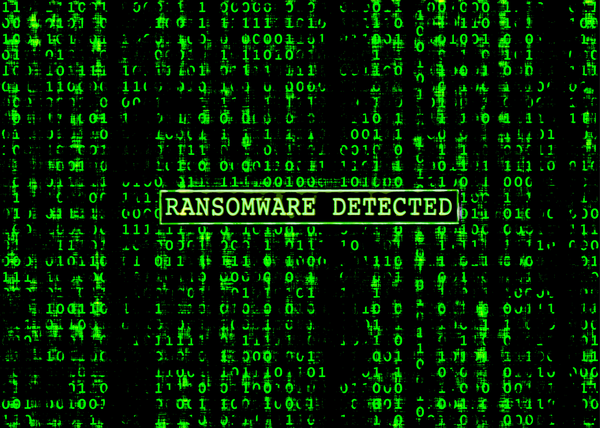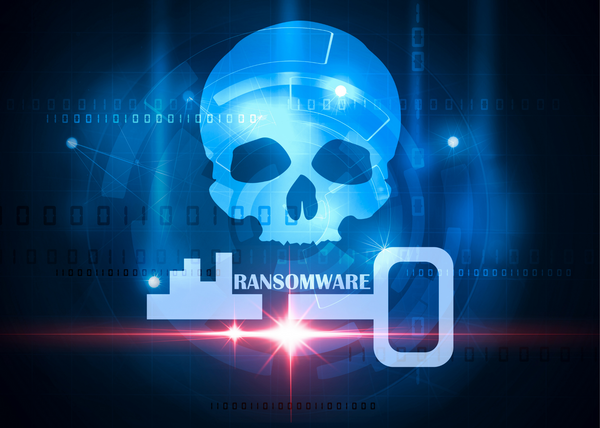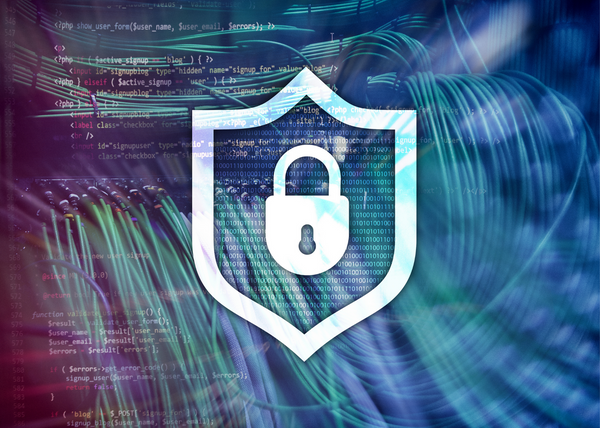Although the number of attacks declined in the first half of 2022, ransomware remains the most significant cybersecurity threat organizations face. In a recent SpyCloud survey of IT professionals in organizations with 500 or more employees, 90 percent said they had been affected by ransomware in the preceding 12 months. What’s more, 65 percent of these attacks successfully encrypted data, up from 54 percent the previous year. Many organizations suffer multiple attacks. The study found that 50 percent of organizations were attacked two to five times, 20 percent six to 10 times, and 7 percent 10 or more times. Smaller organizations with fewer than 1,000 employees were as likely to be affected as large enterprises.
The costs are substantial. Organizations paid an average of $1.4 million to remediate ransomware attacks, including mitigation and recovery costs, lost productivity and impact on customer-facing services. In a survey conducted by research firm Vanson Bourne, 90 percent of organizations said that a ransomware attack shut down their operations, and 86 percent said they lost revenue. A Censuswide study found that 37 percent of organizations had to lay off employees as a result of a ransomware attack.



